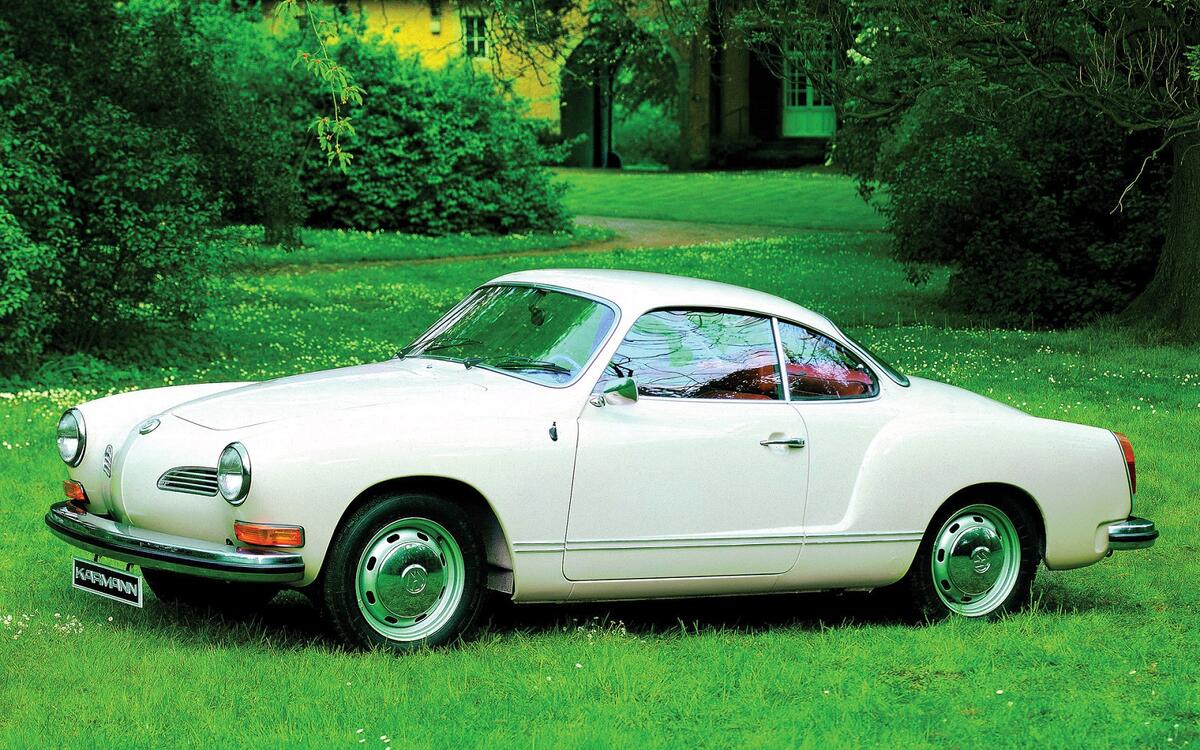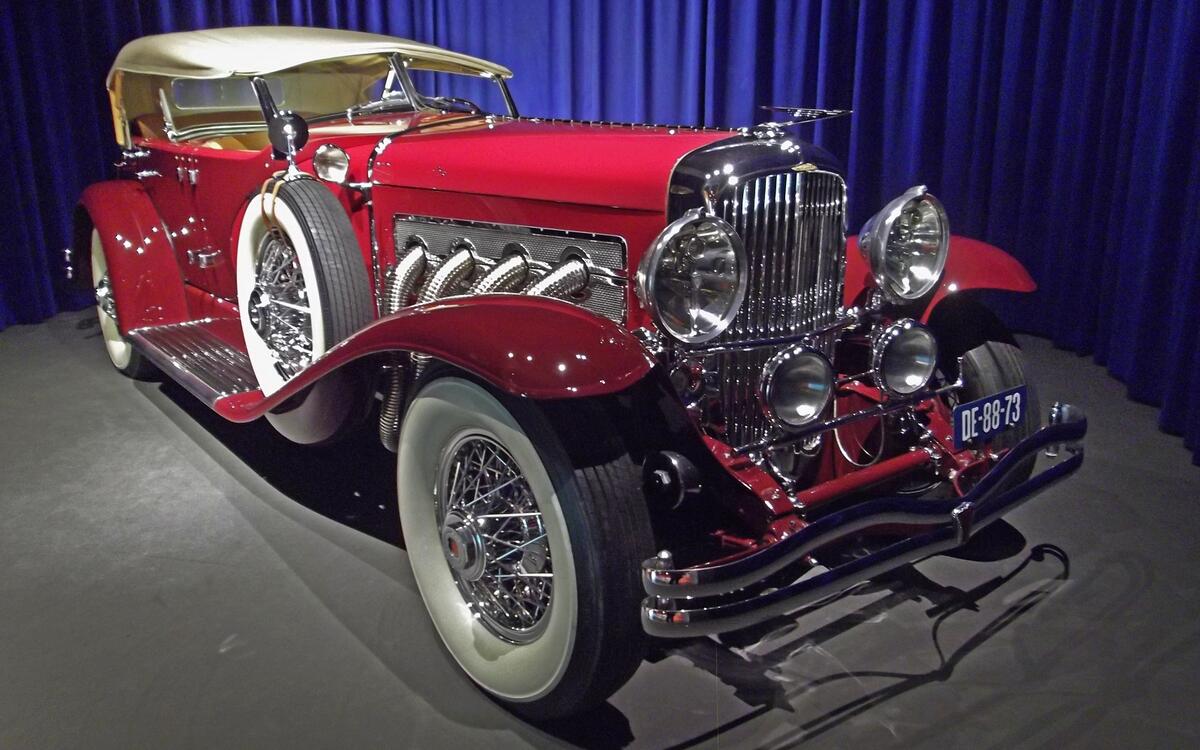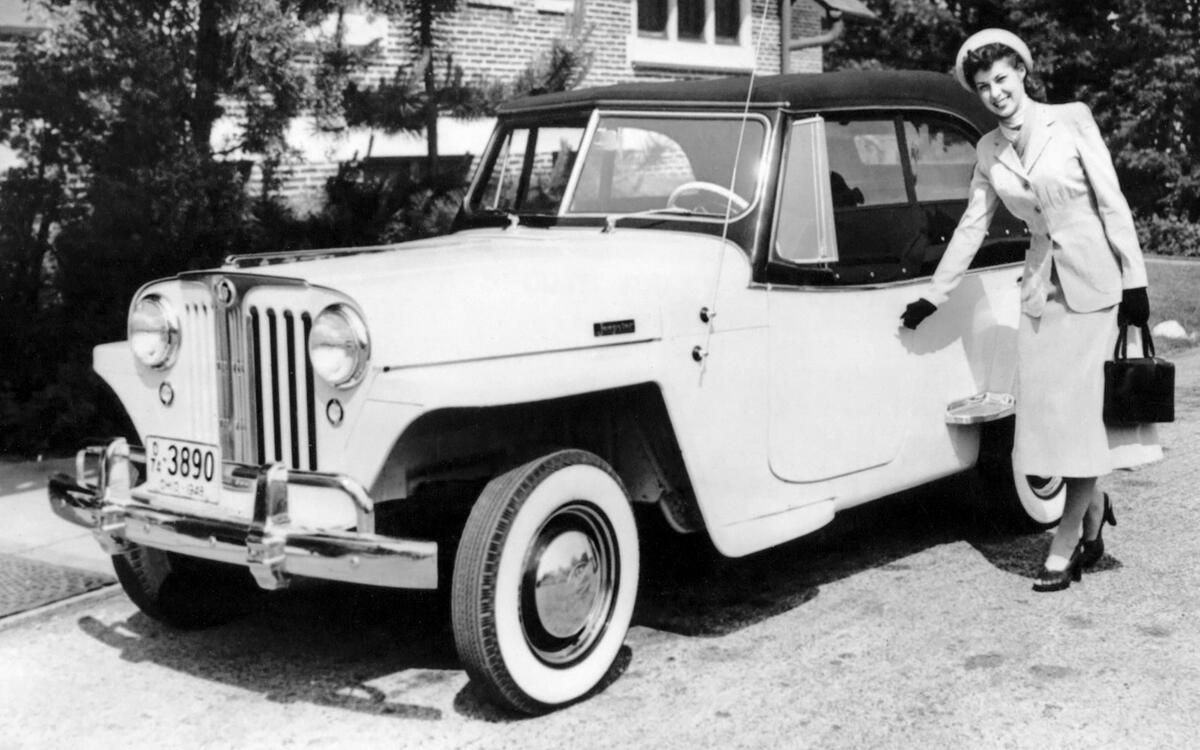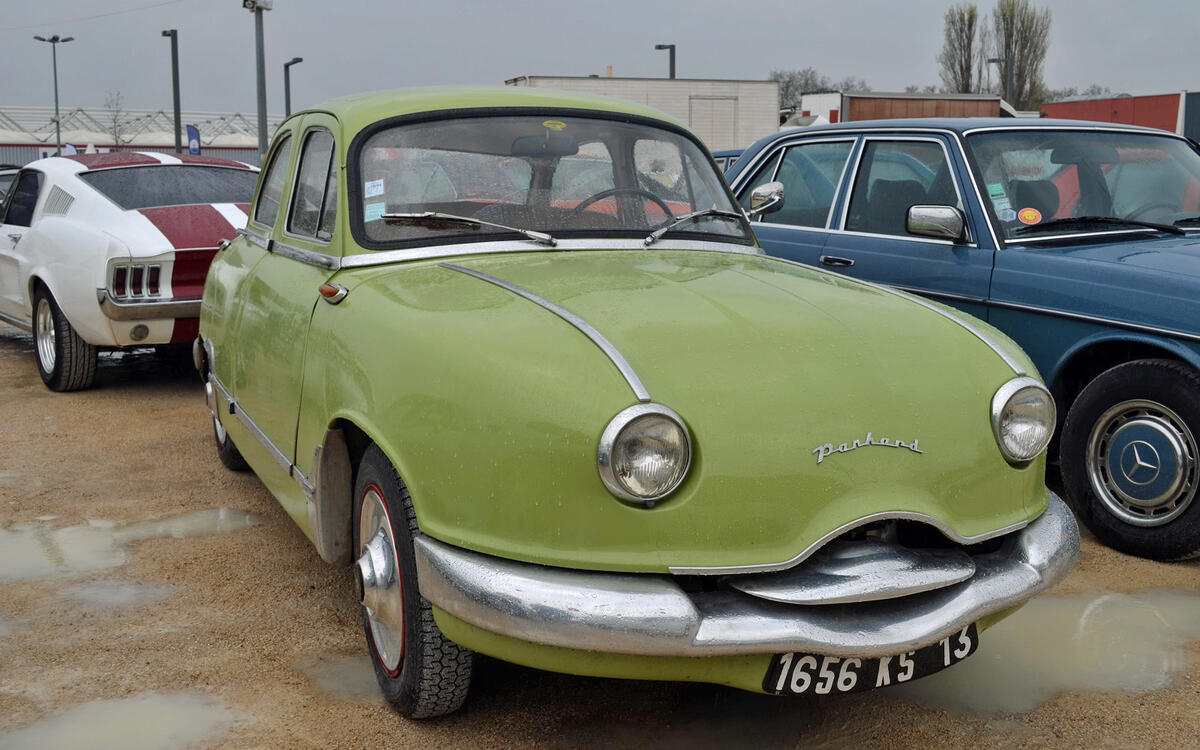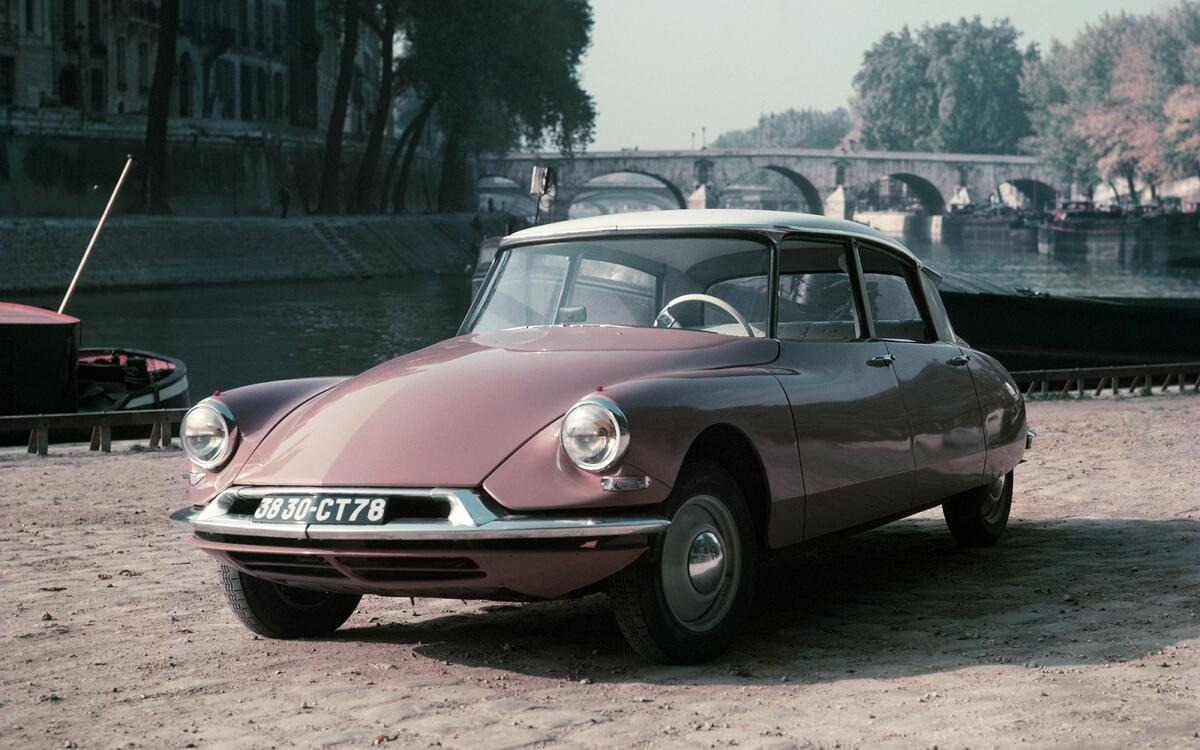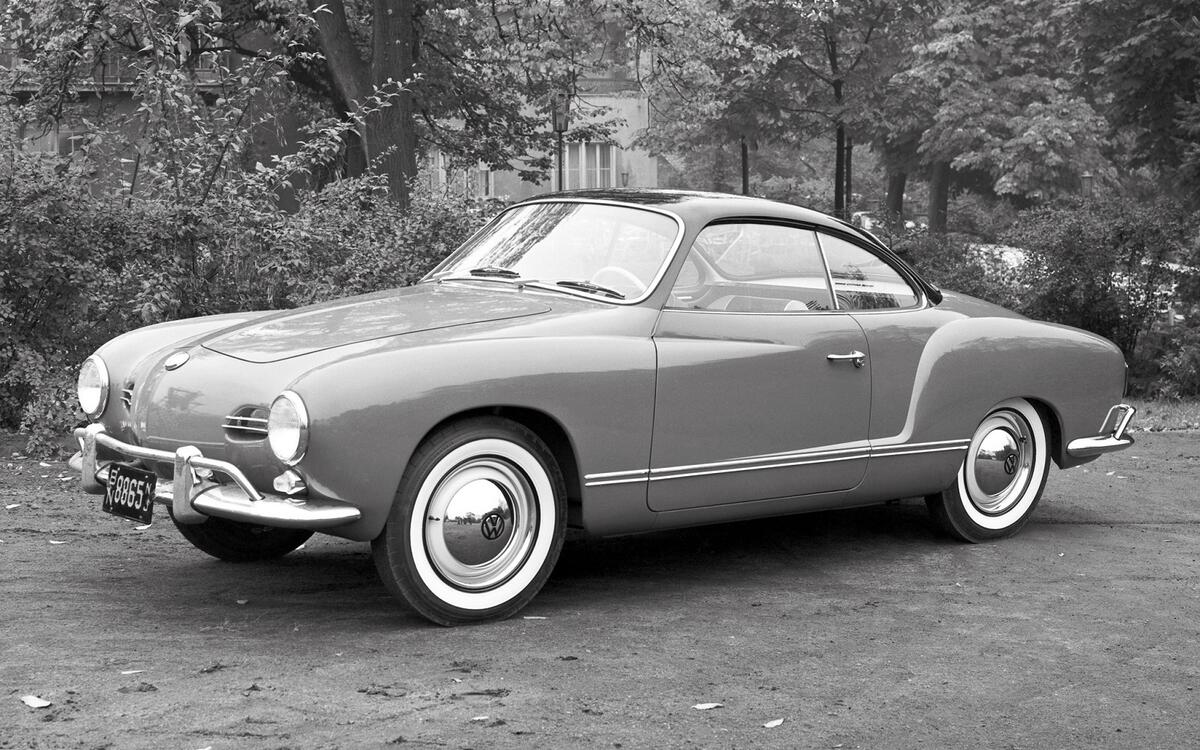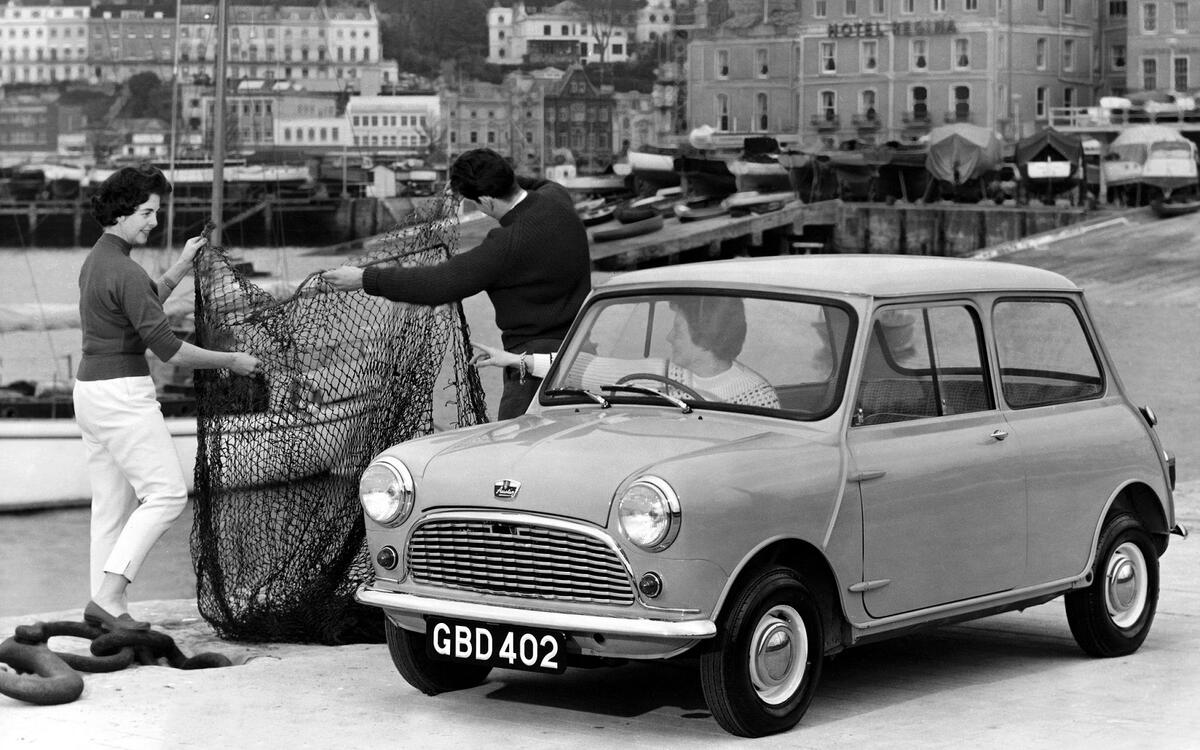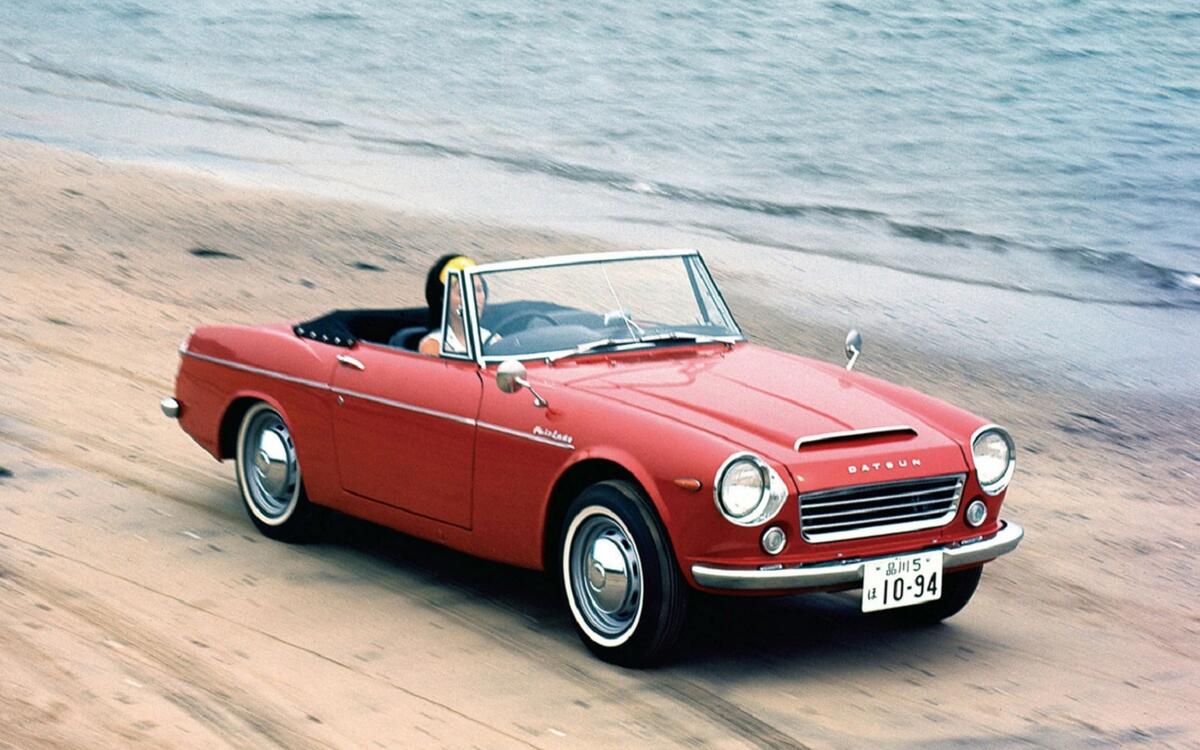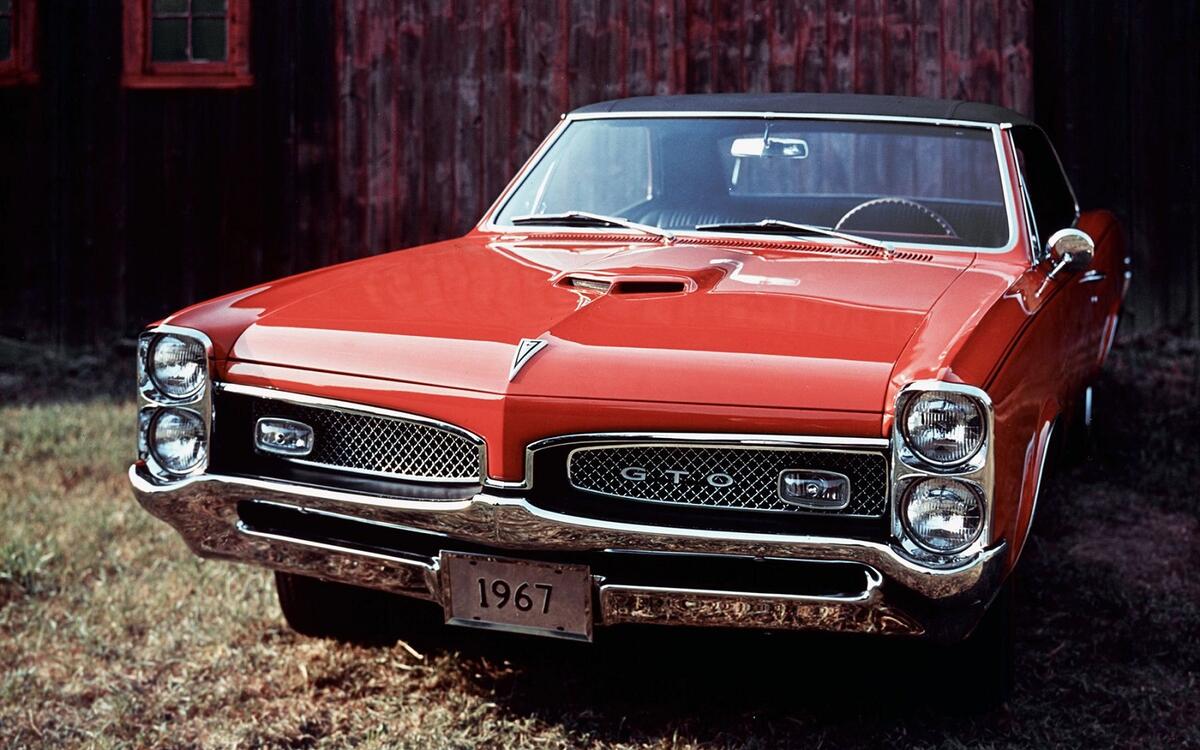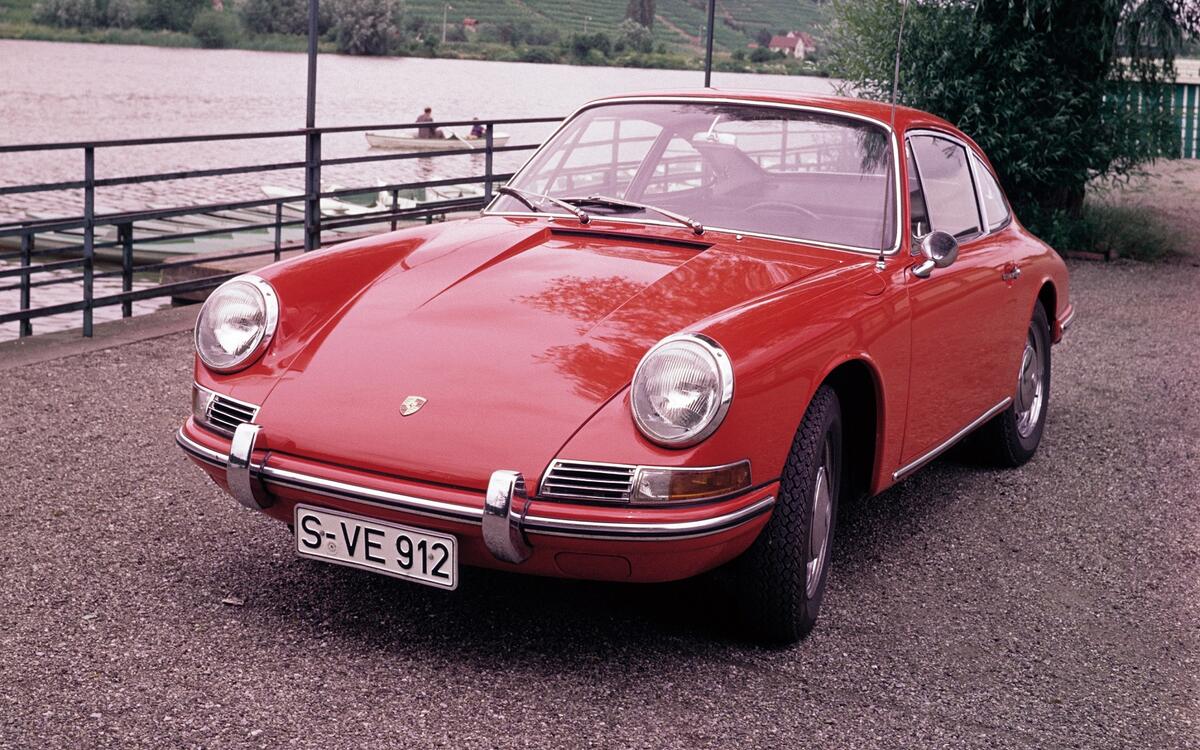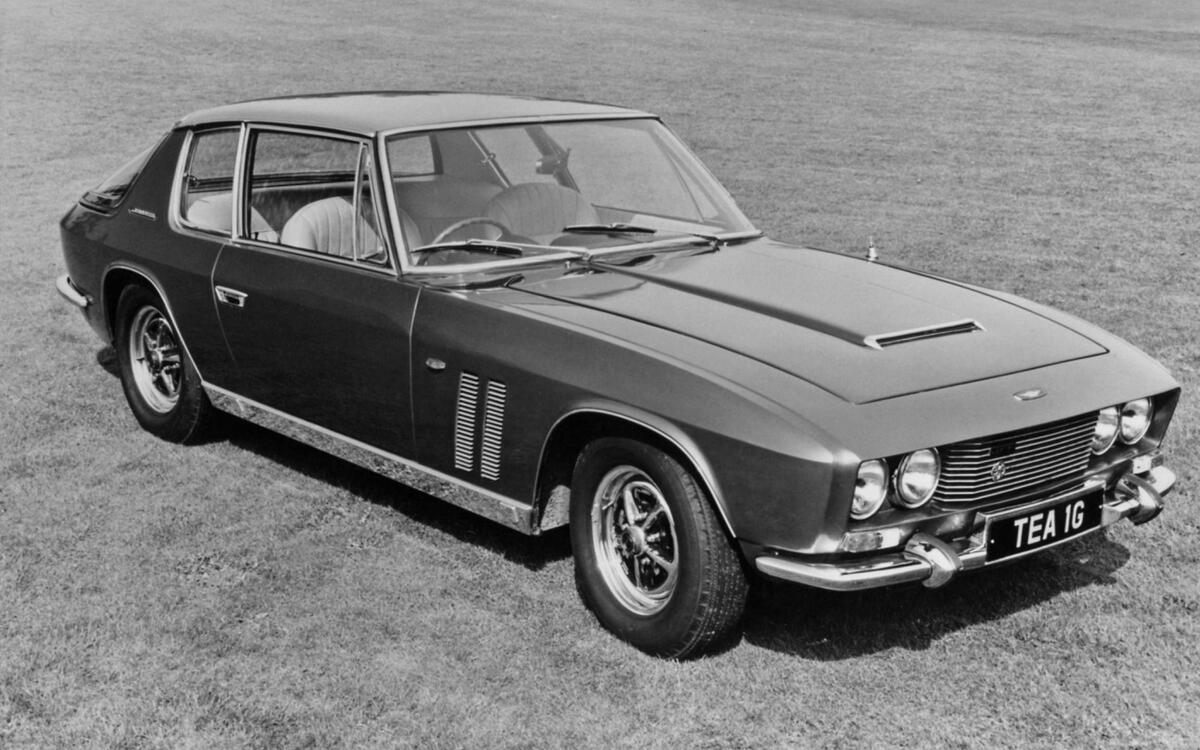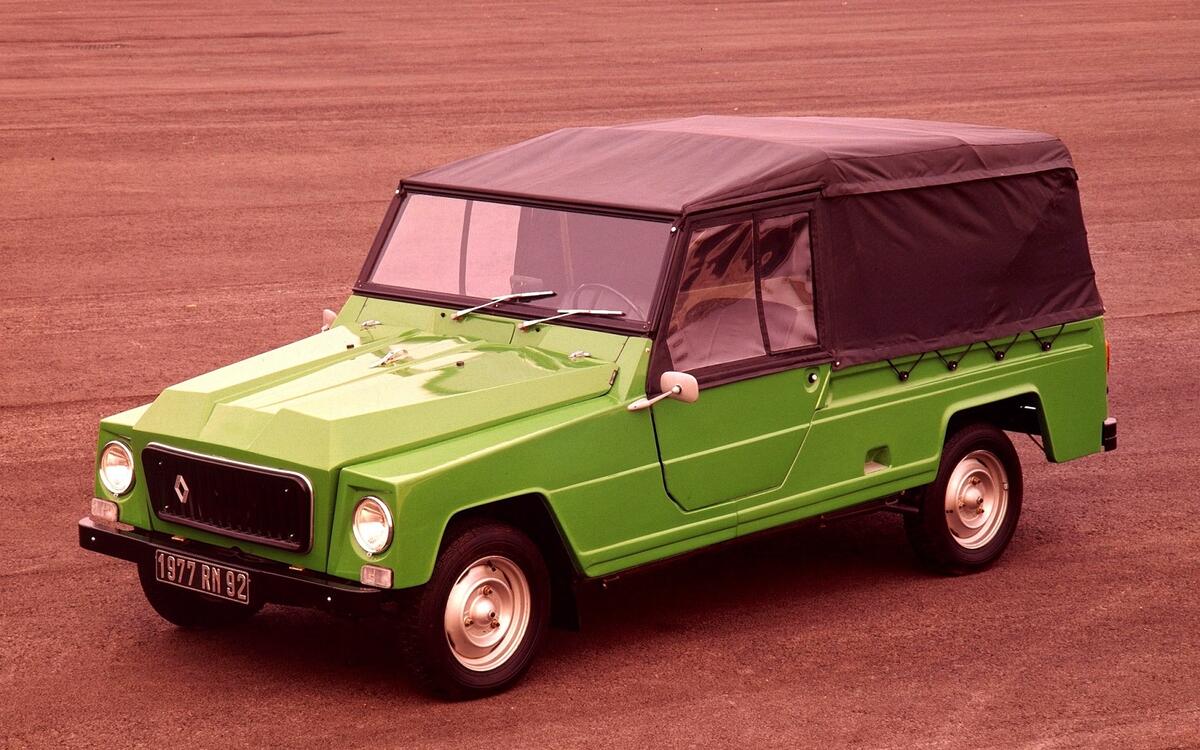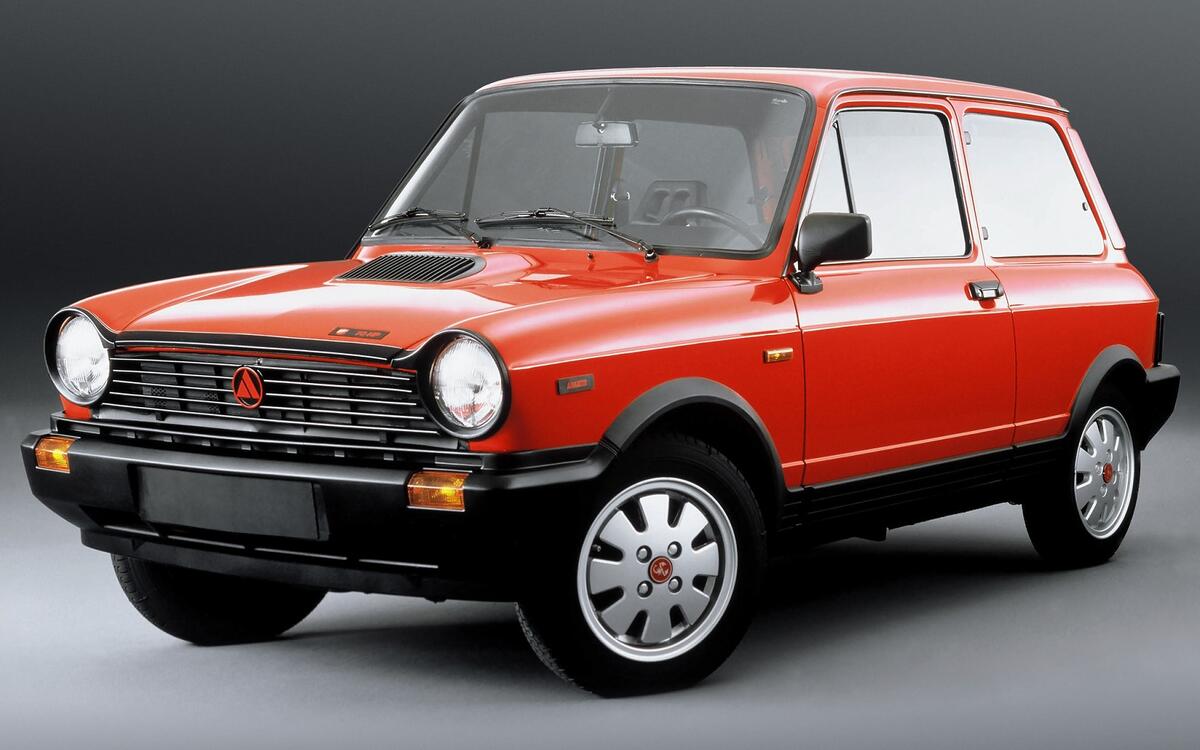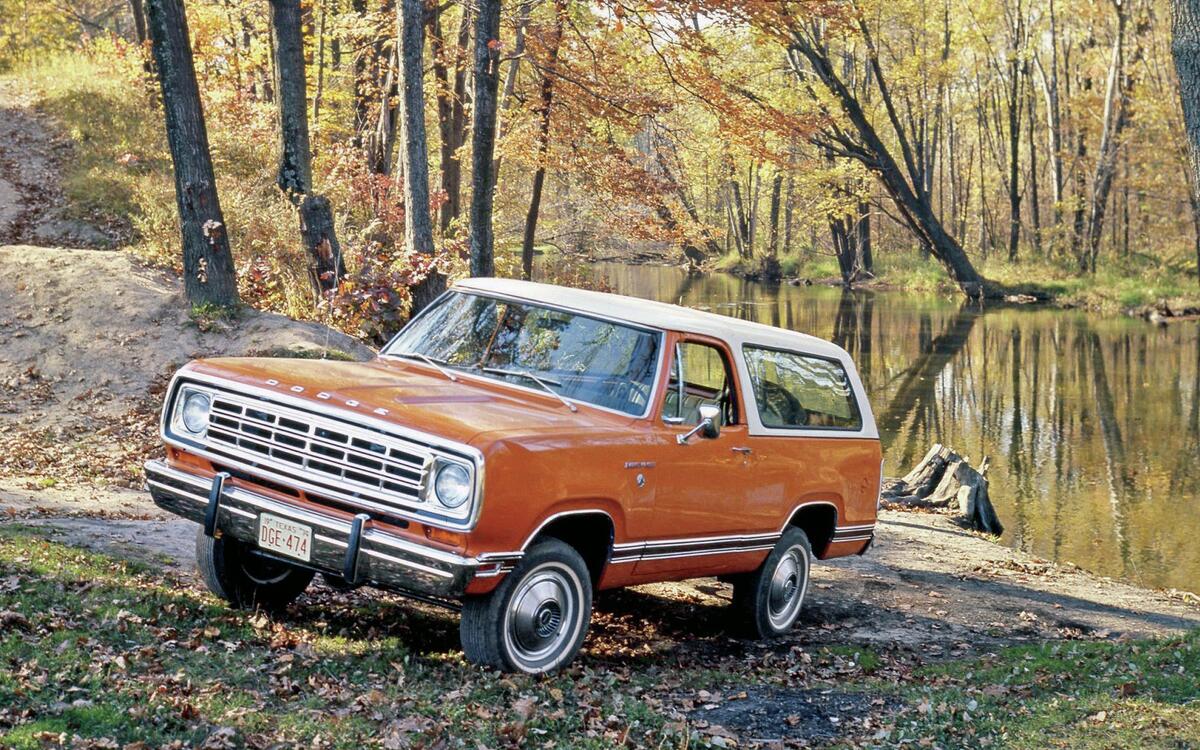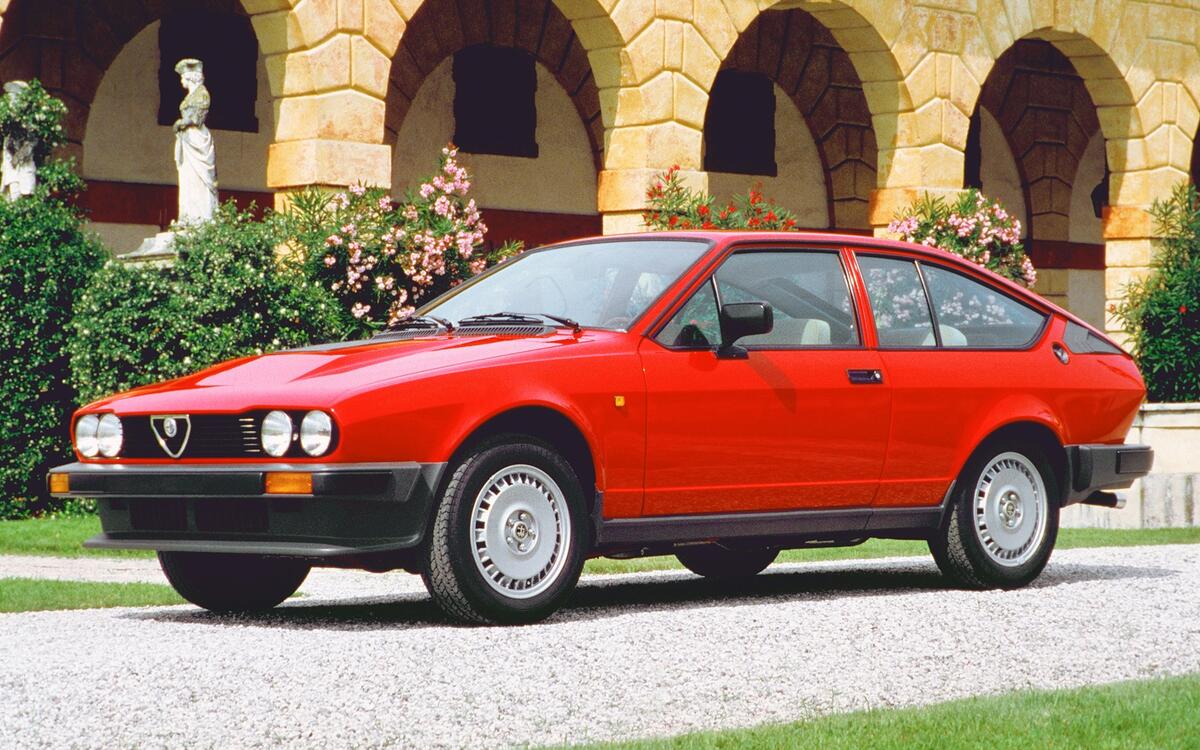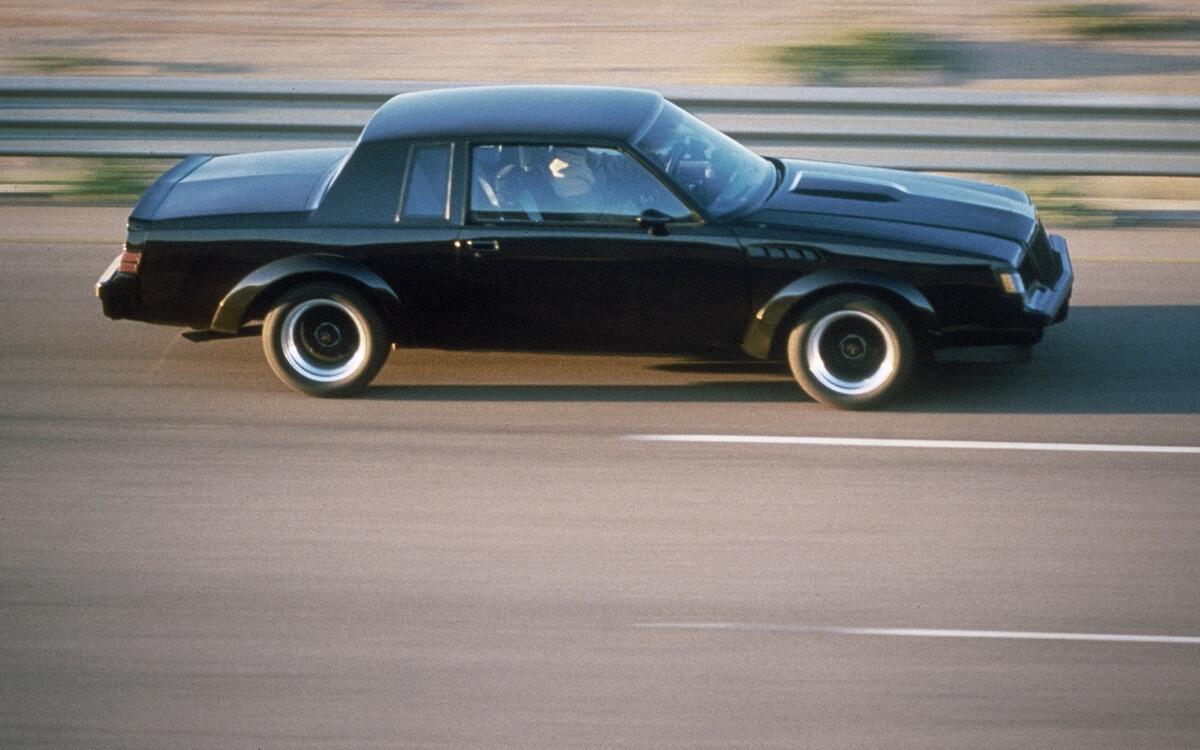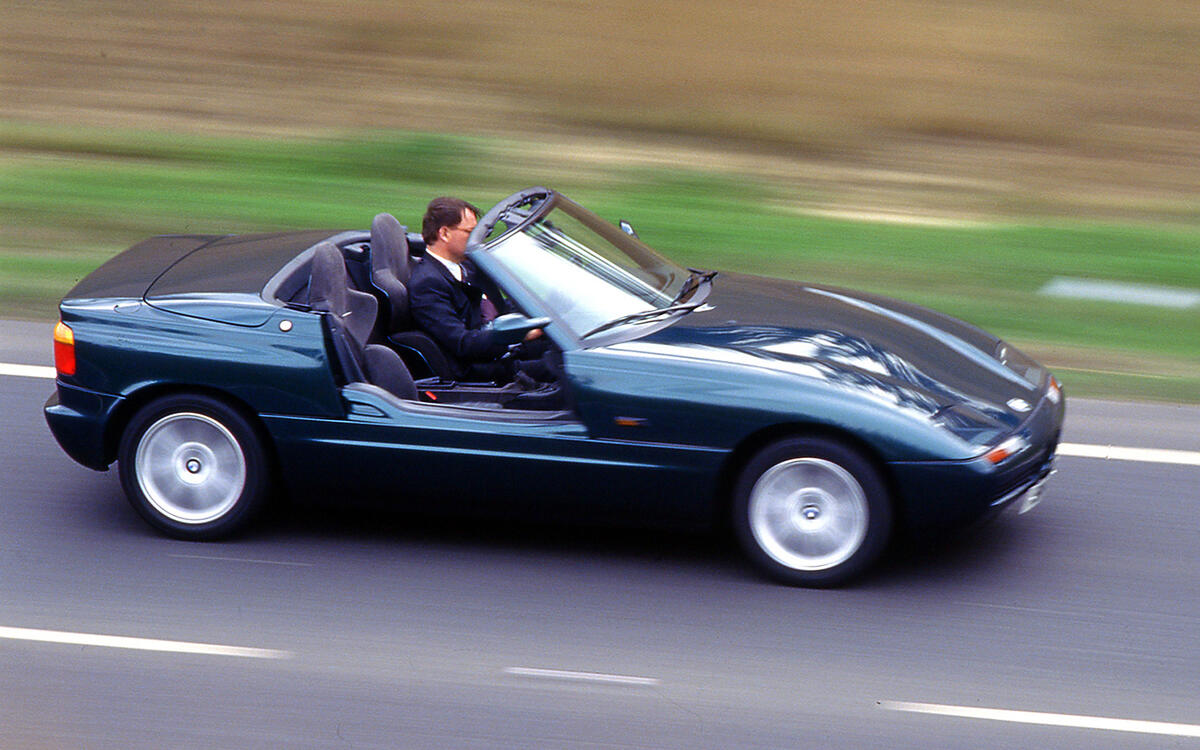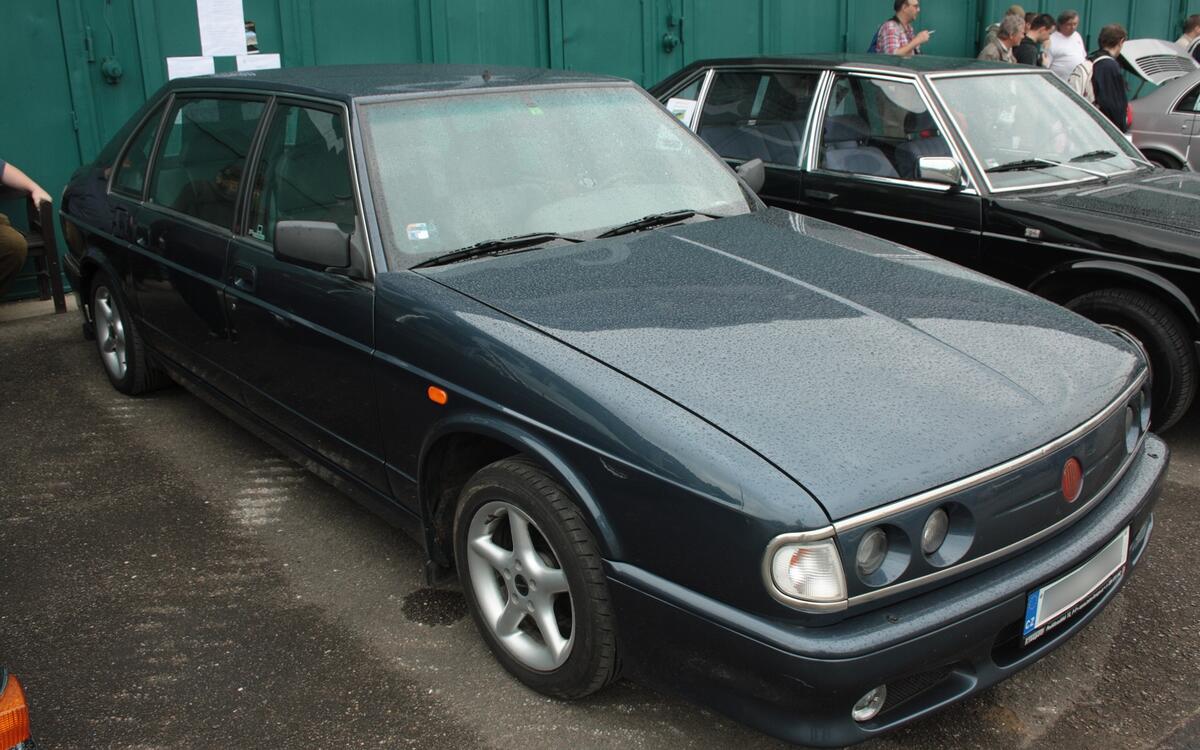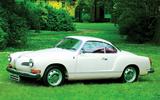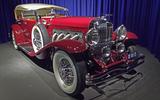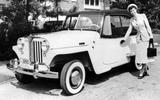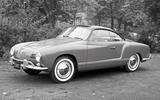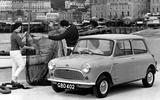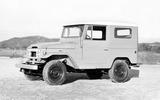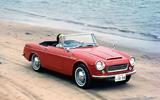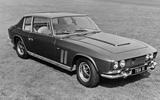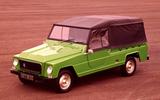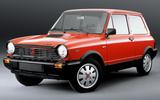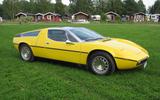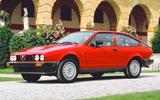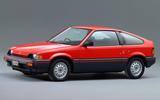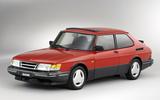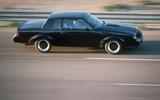 Slide of
Slide of
The Frankfurt auto show kicks off on Tuesday.
We expect a deluge of interesting new cars. But there's plenty of old cars from the past we wish they'd reinvent. Car companies don’t thrive by listening to us purists. They’re big businesses and, ultimately, they need to make money in order to stay afloat. That’s why General Motors dumped Saab, and Fiat is slowly euthanizing Lancia.
Market forces can’t stop us from including these cars and many others in our product planning daydreams, though. In a paradisal world where all auto-makers are profitable and business cases make themselves, here are some of the cars we’d like to see reinvented for the 21st century and turn up once again at an auto show near us:
 Slide of
Slide of
Duesenberg Model SJ (1932)
Minnesota-based Duesenberg built some of the most exquisite cars in the world. Named SJ, the supercharged version of the Model J was one of its most illustrious creations in terms of design and engineering. Forced induction (a true novelty at the time) allowed the straight-eight engine to make 320 HP, which was enough power to reach about 140mph. Duesenberg built just 36 examples of the SJ, and those remaining are hugely valuable - one sold for $4.5 million in 2013.
Duesenberg has been in the pantheon of automotive for so long that reviving it would require starting with a clean slate. We visualize a stately limousine brimming with every option known to humankind – and then some. It’d be America’s answer to the Rolls-Royce Phantom and priced accordingly.
 Slide of
Slide of
Jeep Jeepster (1948)
Jeep broke new ground with the Jeepster. It wasn’t nearly as off-road-focused as the company’s other models. Brand officials envisioned it as a two-door sports car designed to spend the bulk of its time on the pavement, not crawling in the mountains around Moab. Production of the original Jeepster lasted between 1948 and 1950. Jeep revived the nameplate in 1966 on the Jeepster Commando, which boasted more off-road prowess than its predecessor.
In theory, building a modern-day Jeepster on the Wrangler’s versatile architecture wouldn’t be terribly complicated. It’d be much easier than starting with the Cherokee. It could represent Jeep in the tiny, niche-within-a-niche segment that features the topless variant of the Range Rover Evoque.
 Slide of
Slide of
Panhard Dyna Z (1954)
France's Panhard perfected the less-is-more approach to building a car when it introduced the Dyna Z in 1954. Styled like nothing else on the road, the Dyna Z came with an 851cc air-cooled flat-twin that made 50 HP in its most powerful state of tune. That’s not much, yet the twin propelled it to a top speed of 90mph.
We imagine a modern version of the Dyna Z would incorporate a super-efficient small displacement engine and make extensive use of lightweight materials like aluminum and carbon fiber. It would also have a lower drag coefficient than any car in its class.
 Slide of
Slide of
Citroën DS (1955)
The sound of flashbulbs popping filled the air as Citroen introduced the DS at the 1955 Paris auto show. No one had ever seen anything like it; it was 20 years ahead of its time in terms of design and technology thanks to its novel hydraulic suspension. For two decades, it allowed motorists to rule the road in formidable comfort few auto-makers could match. The CX, the XM and the original C6 all trace their roots back to the DS.
Citroen recently spun off DS into a standalone brand but it no longer sells a flagship sedan. We’d like to see one with a design that’s as striking as the DS’ was in the 1950s and the Progressive Hydraulic Cushion suspension offered on the latest Cactus.
 Slide of
Slide of
Volkswagen Karmann Ghia (1955)
Volkswagen answered calls for a sportier Beetle by designing the Karmann Ghia. Introduced in 1955, it shared its platform and most of its mechanical components with its humbler sibling but it wrapped them in a sexy coupe body designed by – you guessed it – Ghia. Offered as a hardtop and a convertible, it remained a mainstay of the Volkswagen brand for nearly 20 years. There’s no evidence Volkswagen has ever seriously considered bringing back the Karmann Ghia. The Scirocco and the Corrado took turns filling the need for a coupe and the brand only has space in its portfolio for a single retro-styled model.
The Scirocco and Beetle recently died, and product planners have a modular electric car platform to play with and an electrification offensive to launch. It’s not difficult to imagine an electric modern-day Ghia positioned alongside the production version of the I.D. Buzz concept.
 Slide of
Slide of
BMC Mini (1959)
The modern-day, BMW-designed Mini is a tribute to the original model in name and design only. It’s much bigger than its truly tiny predecessor and, consequently, considerably heavier. There’s room in the company’s lineup for a new entry-level model. We’d call it the Mini Minor and jettison it in the same segment as the Renault Twingo and the Toyota Aygo. We’d make it much nicer inside and out to place it a little higher up in the food chain than its rivals.
That’s precisely what Mini alluded to in 2011 with the Rocketman concept but we’d prefer to keep the design pure and simple to capture the ethos of the original car.
 Slide of
Slide of
Toyota FJ40 (1960)
The FJ40 wasn’t Toyota’s first Land Cruiser, but it’s the one that undeniably helped make the nameplate a household name in many parts of the world. It stuck to the tried-and-true formula of a simple, function-over-form body dropped on top of a steel frame. The FJ40 remains a common sight in places where nature is unforgiving at best, like Australia. Toyota gave us a successor to the FJ when it launched the FJ Cruiser in 2006. The brand stopped building the left-hand drive model in 2014, though production of the right-hand drive version continued for a while.
We’ve heard rumors of a successor but they’ve never materialized. Given the opportunity to design it ourselves, we’d keep it simple and rugged but we’d add a removable hard top. It’s long overdue; we’re surprised the Jeep Wrangler has gone this long without a true rival.
 Slide of
Slide of
Datsun 1500 (SP310, 1962)
With the 1500, Datsun surfed the convertible wave that swept across America during the 1960s. The light and nimble roadster used a 1.5-liter four-cylinder engine that made 70 HP, a respectable statistic at the time. The model’s final evolution offered a 2.0-liter that made up to 135 HP. Datsun replaced it with the closed-body 240Z because, at the time, many auto-makers feared the American government would outlaw convertibles for safety reasons. The ban never happened.
Today, Nissan’s 370Z takes the form of a much bigger model powered by a six-cylinder engine, while the Mazda MX-5 Miata occupies roughly the same spot Datsun’s lively roadster did when it was new. How about a Nissan-badged Miata fighter with a fast-revving four-cylinder engine?
 Slide of
Slide of
Pontiac GTO (1964)
Many consider the Pontiac GTO as the first true muscle car in America. The nameplate started out as an option package on the Tempest but demand quickly earned it a promotion as a standalone model. Pontiac briefly brought back the GTO nameplate in 2004 on a coupe it sourced from Holden, General Motors’ Australian division. It lasted three model years and Pontiac shut its doors shortly after. We think it’s high time for a reboot. The Chevrolet Camaro and the Ford Mustang have both gradually morphed into sharper sports cars in order to stay toe to toe with rival models from the likes of Audi and BMW.
Large and in charge, the Dodge Challenger remains the best current representation of the original muscle car spirit that thrived in the 1960s. Pontiac’s born-again GTO could follow the same path – which leads straight to the drag strip. PICTURE: 1967 model
 Slide of
Slide of
Porsche 912 (1965)
Porsche positioned the 911 a little bit higher than the 356 it replaced. This was partly because the 911 ditched its predecessor’s flat-four engine and in favor of a more powerful flat-six. The German brand later introduced a four-cylinder-powered model named 912 to fill the gap it created and avoid alienating a chunk of its clientele. Porsche couldn’t make a true successor to the 912 until recently because it only had access to a flat-six, a V6 or a V8. It now builds turbocharged flat-four engines for its 718 Boxster and Cayman.
Here’s the recipe we’d follow: take a rear-wheel drive 911 Carrera, make it as light as possible without stripping it completely, power it with the 350 HP four-cylinder found in the S-badged 718 variants, and price it in the vicinity of $70,000. Harebrained, you say? It seems to have worked for Jaguar.
 Slide of
Slide of
Jensen Interceptor (1966)
Italian design, American power and British refinement fused together to create the Jensen Interceptor. Penned by Touring, the 2+2 coupe used a Chrysler-sourced V8 engine and came with a long list of amenities including genuine wood trim, power windows and, later in the production run, power steering. Jensen also built a handful of examples with a Ferguson four-wheel drive system (pictured). Though Jensen is long gone, Touring Superleggera remains active and willing to bring back icons from the past.
The company notably put a modern spin on the Alfa Romeo Disco Volante. And, like the original, the new Interceptor would receive a V8 engine plucked out of the Chrysler parts bin. It’d be an alternative to the Ferrari FF for buyers on a budget. It might even be quicker than the FF if it’s fitted with the supercharged Hellcat engine.
 Slide of
Slide of
Renault Rodeo (1970)
Renault entered the beach car segment with the Rodeo, a convertible that shared its underpinnings with the humble 4 F4. Built for Renault by a company named ACL, it offered a durable plastic body and a soft top stretched over a metal frame. It was a true do-it-all car in the mold of the Citroen Mehari and the Mini Moke.
Though the original Rodeo was car-based, we realistically imagine the modern-day model would take the form of a small, brawny SUV in order to appeal to a wider target audience. It’d bring Renault back into the convertible game after several years of absence.
 Slide of
Slide of
Autobianchi A112 Abarth (1971)
Fiat’s Autobianchi brand pioneered the hot hatch segment with the A112 Abarth, a spicier evolution of Italy’s home-brewed answer to the Mini. It arrived in showrooms five years before the Volkswagen Golf GTI. An oddity at first, it helped spawn an entire segment that blossomed during the 1980s, especially in Europe. Making a modern-day A112 Abarth would require bringing back Autobianchi.
Once that’s taken care of, Fiat could take one of two paths: it could turn the Abarth into a bigger hatchback aimed at the Volkswagen Golf GTI, or it could keep the original model’s small footprint to tackle the Toyota Yaris GRMN.
 Slide of
Slide of
Maserati Bora (1971)
With the Bora, Maserati tried making a supercar that buyers could comfortably drive on a daily basis. The list of creature comforts included an adjustable steering column and adjustable pedals. The Italian firm hadn’t gone soft, though. The Bora’s 310 HP, 4.7 V8 delivered tantalizingly quick acceleration. The GranTurismo is as hot as it gets in Maserati’s current line-up.
It’s worthy of wearing the Trident, but now that Ferrari is out of the Fiat family for good there’s room for a mid-engined flagship model in the vein of the Bora. Think of it as Maserati’s answer to the Ferrari 488 GTB.
 Slide of
Slide of
Dodge Ramcharger (1974)
The Dodge Ramcharger competed in the same segment as the Chevrolet Blazer, the Ford Bronco and the International-Harvester Scout, which is another off-roader we’d like to see again. Early models came with either a removable steel hard top or a cloth soft top. The Ramcharger (and its Plymouth-badged twin, the Trailduster) helped transform the SUV from a farm tool to a go-anywhere toy. Ramcharger production ended in 1994, though Dodge’s Mexican division built one final generation for the local market between 1999 and 2002.
We’d like to see a modern-day, body-on-frame heir to the Ramcharger join the Ram line-up as an alternative to the Chevrolet Tahoe and the Ford Expedition.
 Slide of
Slide of
Alfa Romeo GTV6 (1981)
Alfa Romeo shoe-horned its cracking Busso V6 engine into an Alfetta GT to create the GTV6. The transaxle configuration gave the coupe a near-perfect weight distribution, making it a blast to drive on a twisty mountain road. Alfa’s next series-produced V6-powered coupe, the 916-series GTV, offended purists by switching to a nose-heavy front-wheel drive layout.
The modern-day GTV6 of our dreams would be a two-door Giulia with a powerful V6 engine and, for once, we might be in luck. Autocar recently reported Alfa Romeo will release a Giulia coupe with a 641 HP evolution of the Quadrifoglio’s 2.9-liter V6. It’s shaping up to be the most powerful road car the brand has ever released.
 Slide of
Slide of
Honda CRX (1984)
Lotus' Colin Chapman would have been proud of the original Honda CRX. Light is right, indeed. Starting with a Civic platform, Honda added a sleek two-door body with a fastback-like roof line to make a nimble, driver-focused car that returned jaw-dropping fuel mileage. The CRZ picked up where the CRX left off but it failed to win the hearts of enthusiasts.
It was too heavy partly due to its gasoline-electric drivetrain and it didn’t drive as well as its illustrious predecessor. We think Honda deserves a do-over. Preferably one with the Civic Si’s 205 HP four-cylinder engine.
 Slide of
Slide of
Saab 900 SPG (1985)
Saab was once the purveyor of the offbeat and the champion of unconventionality. It dabbled in motorsports for most of its existence. At one point it even fused together a pair of three-cylinder engines to create a straight-six. We’ve digressed. It channeled its racing expertise into the 900 SPG (known as the 900 Aero in some markets), which received a 160 HP 2.0-liter, plastic body cladding on both sides and suspension upgrades. Saab’s unique take on the concept of a hot hatch cost $26,895 in 1989, or about $54,000 in today's money. That same year, a two-door 325iS retailed for $28,950 (roughly $58,000 today).
We pictured a Saab 900 SPG for 2018 as a four-door model with a fastback-like roof line. Think of it as an Audi RS 5 Sportback with a more Swedish flair. And, of course, the ignition installed between the front seats.
 Slide of
Slide of
Buick GNX (1987)
For a brief period in the 1980s, the name Buick was a byword for performance. Seriously. Yes, GM's genteel division concocted the GNX, one of the hottest performance cars available in America at the time. Its turbocharged 3.8-liter V6 allowed it to embarrass the Chevrolet Camaro on the drag strip and rub shoulders with the mighty Corvette. Buick axed the GNX after a 547-strong production run and it hasn’t made a true performance car since.
The current Regal GS is as good as it gets these days. We’d prefer it with a more muscular design and a tighter chassis. Its 3.6 V6 makes 310 HP; how about replacing it with the Cadillac ATS-V’s 454 HP six?
 Slide of
Slide of
BMW Z1 (1988)
Did we ever really need a car which had doors that lowered electrically? The answer is of course yes, though it has to be admitted that no other car-maker since has offered them. But the BMW Z1, based on a 325i, complete with the same supple 6-cylinder engine, was and is an extraordinary car; even today its design - and conception - catches the breath. 8000 were produced, the vast majority of them sold in Germany, but it proved an expensive and time-consuming car to produce.
The Z1 exudes the eternal life-affirming spirit of the very best carefree convertibles, and we can’t think of a better place to start when BMW one day decides to build its first ever electric-only compact roadster. And yes, it does have to have those doors.
 Slide of
Slide of
Tatra 700 (1996)
Launched in 1996, the Tatra 700 was the latest in a long line of Czech sedans that were as luxurious as they were quirky. It might have been a little bit too quirky. It’s remembered – somewhat ingloriously – as the last passenger car built by Tatra. The company shut down its car-making division at the end of the 700’s short life cycle to focus solely on heavy-duty trucks.
Today, German machines like the Audi A8 and the BMW 7 Series dominate the full-size luxury sedan segment. Tatra’s born-again 700 (complete with a rear-mounted V8) would give buyers a refreshingly different alternative to the usual suspects.
Our product planning daydreams include modern versions of these cars
Advertisement


